VI.The strength and stability of anchor bolts are fundamental to the structural integrity of steel-framed industrial buildings. The precision of anchor bolts directly impacts the positioning of steel structures. The installation of anchor bolts must strictly adhere to specified precision standards: axis displacement: ±2.0 mm, elevation: ±5.0 mm. Before installing the column anchor bolts, project each axis line of the plane control network onto the column foundation surface, ensuring full closure to guarantee the installation precision of the bolts. Then, based on the axis lines, mark the outer edges of the columns. After the formwork for installing the steel column anchor bolts is erected, transfer the required elevation to the steel pipe formwork.
VII.Key considerations during the lifting process of steel structures
Specific precautions include:
First, mark the crosshairs on the base plate of the column foot, mark the centerline of the anchor bolts, clean the shear holes at the column foot, and after the steel column is in place, adjust the elevation and tighten the nuts.
Second, after installing the steel columns in one area, install the tie rods to ensure the overall stability of the steel columns, preventing deformation during the installation of steel beams.
Finally, install the steel beams, with two pairs of steel beams connected in the air, and initially tighten the high-strength bolts. The first steel beam is secured with four guy wires to prevent it from tilting to one side.
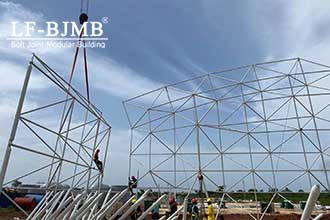
VIII.Analysis of the Difficulties in Installing Crane Beam Systems
During the construction of steel structure workshops, the installation of crane beams must strictly follow specifications and be carried out from the column-to-column support spans. After the column-to-column supports are installed and connected, they form a relatively stable spatial stiffness unit. Installing from this point ensures safety and prevents the installation of crane beams from affecting the verticality of the columns. Additionally, during installation, adjustment shims should be added to the bottom of crane beams with significant end section errors. These shims should be welded in place after the crane beam system has been adjusted. Align precisely according to the pre-measured positioning lines. The connection of the braking system should be formally connected after the crane beams have been adjusted and fixed. When connecting the brake plate to the crane beam with high-strength bolts and welding the auxiliary truss, to prevent continuous welding from affecting the high-strength bolts, first connect the brake plate to the crane beam with high-strength bolts and perform an initial tightening. Then adjust the auxiliary truss, and after spot welding the brake plate in place, perform the final tightening of the high-strength bolts. Finally, weld the brake plate to the auxiliary truss. The tightening of high-strength bolts and the welding of the brake plate must both follow the principle of proceeding from the center of each plate toward both sides to minimize internal stress within the plate.
X.Issues related to the stacking of steel structure components
To facilitate the installation of steel structure components, components should be stored reasonably after arriving at the site. The principle is as follows: components urgently needed for on-site installation should be directly stacked at the site, with those to be hoisted first placed on top and those to be hoisted later placed below. Components not urgently required for lifting should be temporarily stored outside the site. When stacking, columns and beams should be separated and arranged according to their axis lines. The storage area should be managed by a dedicated person, and components should be counted according to the supply requirements and supply list, with records kept on file. When stacking components, H-shaped components should be placed vertically and must not be laid flat. Each component must have at least two support points, with the support points preferably located at one-seventh of the span from the end of the component. When stacking, the stack should not exceed three layers, and wooden planks should be used to properly layer and level the stack. The support points should be aligned vertically.



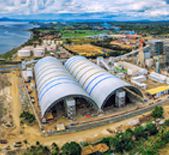
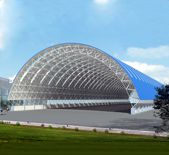
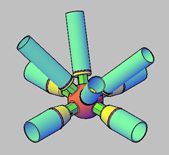
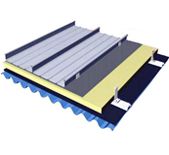




 About Us
About Us 2025-07-25
2025-07-25


